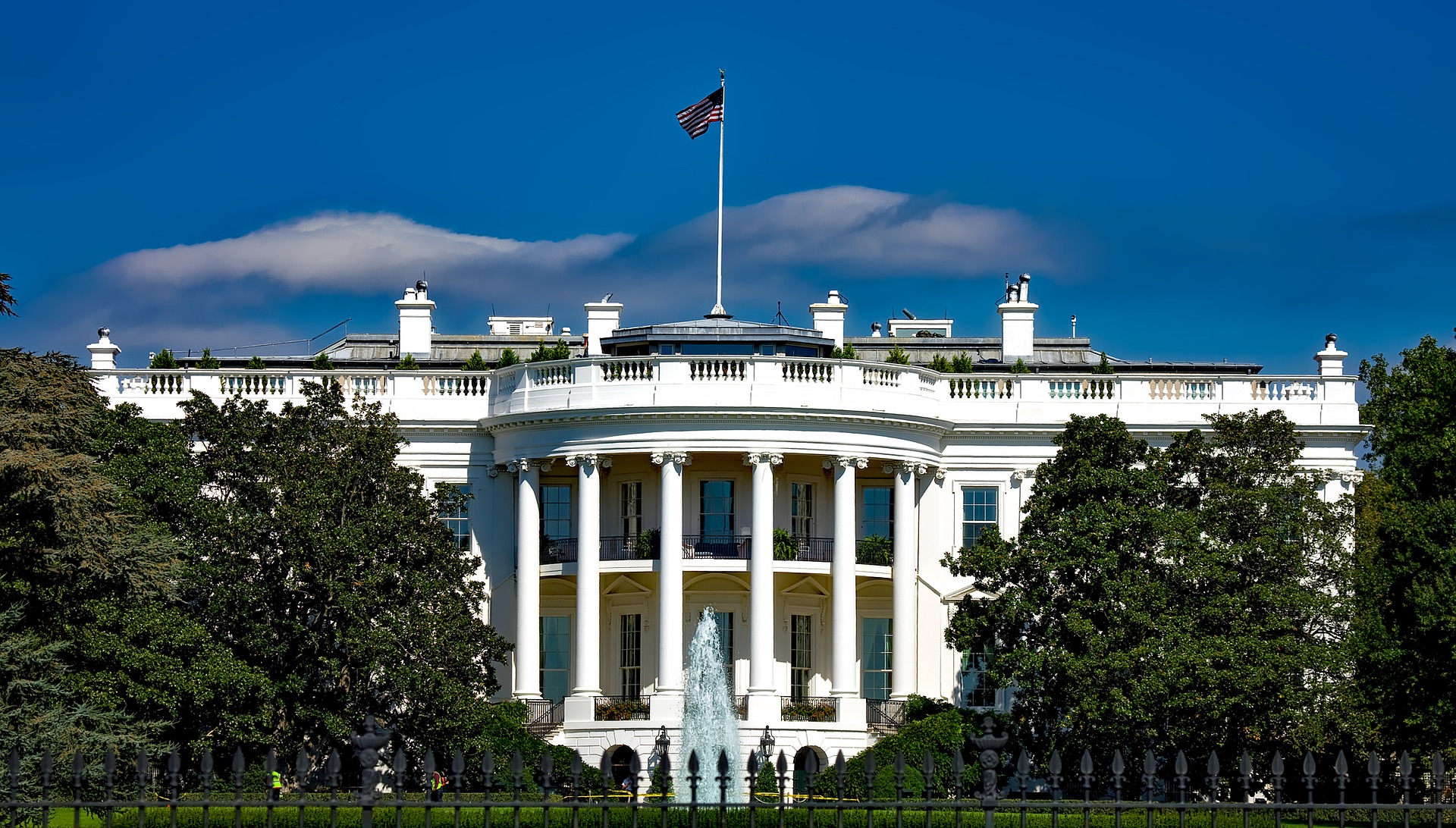On February 15, President Trump declared a National State of Emergency following his failure to secure congressional approval for border wall funding. In a last-minute deal to avoid a second government shutdown, legislators agreed on February 14 to finance $1.375 billion in funding for fencing along the southern border. The catch: none of that funding can be used for the construction of a concrete border wall.
In a move that legal experts see as potentially violating key constitutional principles, including the separation of powers, the White House asserted the following day that the Trump administration would use funding from three additional sources to finance the construction of the border wall, invoking in part powers codified in the National Emergencies Act of 1976. Funding sources include: $600 million from the Treasury Department, $2.5 billion from a Defense Department anti-drug account, and $3.6 million from military construction funds.
In the 43 years since its enactment, U.S. presidents have invoked the National Emergencies Act nearly five dozen times to pursue many different initiatives, including sanctions on foreign governments, trade regulations, and weapons restrictions, among others. However, Trump’s declaration is only the second in history — the first was in response to 9/11 — that a president has used a national emergency to authorize military action.
Further, Trump’s declaration exposes key government accountability problems regarding national emergencies. First, the act leaves the term national emergency undefined, allowing presidents to interpret a national emergency as they see fit. Scholars think the courts’ deference to past presidential emergency declarations will likely present an argument in favor of Trump’s action. Without a clear definition, the president has few limits on what powers he can claim under the act. Although the act was originally created to restrain American presidents’ expansive powers, the National Emergencies Act in reality has accomplished little of that which it was intended to reverse as noted by The Atlantic’s Elizabeth Goitein. The act requires the president to specify in the declaration the powers he intends to use, to present public updates should he decide to expand the number of powers he intends to invoke, and to report to Congress on the government’s emergency-related expenditures every 6 months. The law also states that the state of emergency will expire after one year unless the president re-authorizes it.
Additionally, the law provides for congressional oversight: the Senate and House are required to meet every 6 months while the state of emergency is in effect to consider whether it should be terminated. However, these checks on presidential powers have been largely ineffective, as noted in The Atlantic. Congress has never met to discuss terminating any of the long-term emergencies, indicating its role as overseer is superficial at best. Further, 32 states of emergency remain in effect today, and many have been renewed after the initial year.
The accountability problems that plague the National Emergencies Act in general are also true of President Trump’s specific declaration. By going around Congress’ clear refusal to allocate funds for border wall construction, Trump is using the National Emergencies Act in a novel way — and not for the better. He is the first president in history to use the act to go around Congress’ express wishes, setting a dangerous precedent for the future. One of the most important principles of the U.S. Constitution is the separation of powers. In Article I, the framers outlined that the power to allocate funding belongs to Congress alone. By asserting control over previously allocated funds, President Trump violates this principle.
In addition to raising constitutional questions, Trump’s Declaration of Emergency follows a steady decline in illegal border crossings, which hit a 46-year low in 2017. Public data “shows that monthly crossings along the border with Mexico are dramatically lower than they were years ago.” The fact that the declaration comes at a time when border crossings are on the decline renders Trump’s argument even weaker. Moreover, the declaration also has fallen flat with the American public. A Politico poll found that fewer than 4 in 10 voters were in support of the policy. Trump himself acknowledged that the action was unnecessary in his initial speech: “I didn’t need to do this, but I’d rather do it much faster.”
Following Trump’s declaration, advocacy groups and coalitions of U.S. state governments were quick to fire back at his administration. Multiple advocacy groups have already filed lawsuits against the Trump administration including Public Citizen; El Paso & Border Network for Human Rights; a joint suit between the Center for Biological Diversity, Defenders of Wildlife, and the Animal Legal Defense Fund, a joint suit between the American Civil Liberties Union and the Sierra Club, and Citizens for Responsibility and Ethics in Washington.
16 states are also suing the Trump administration to “protect their residents, natural resources, and economic interests from President Donald Trump’s flagrant disregard of fundamental separation of powers principles ingrained in the U.S. Constitution.” All 16 states except Maryland have democratic governors and many are not along the southern border. However, California’s Attorney General and lead attorney on the case, Xavier Becerra, argued that non-border states are still negatively impacted by the declaration in an interview with The New York Times: these states “will lose funding that they paid for with their tax dollars, money that was destined for drug interdiction or for the Department of Defense for military men and women and military installation.”
Becerra’s comments get at the heart of what’s at issue here: the American people via their congressional representatives have the power to limit government spending and allocate funds. By arbitrarily asserting power over these previously allocated funds, Trump circumvents a natural means of accountability, the separation of powers. Though presidents have long invoked emergency powers, Trump is the first to go around Congress’ explicit wishes by invoking emergency statutes. His precedent is a dangerous one for government accountability and transparency.


